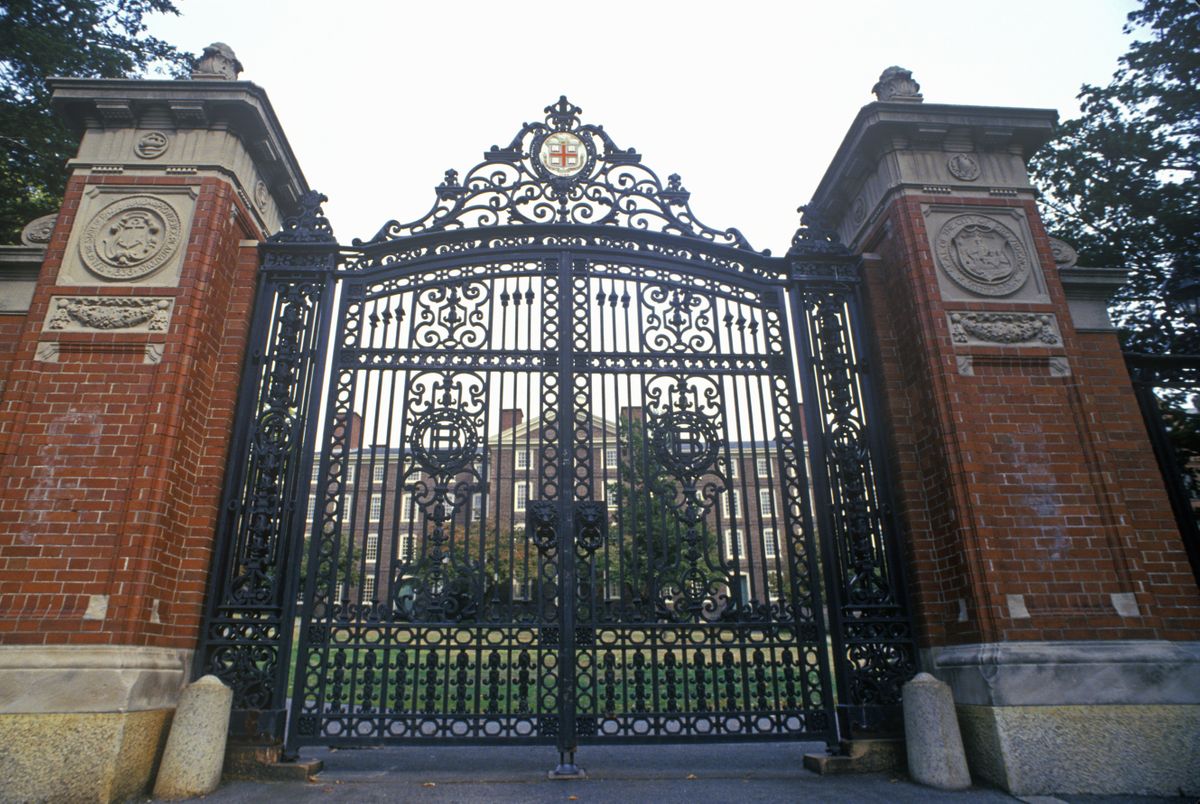When Students for Fair Admissions brought its case against Harvard and the University of North Carolina for discriminating against Asian-American students in the admission process, they fully expected that the result of prevailing in the case would be a larger number of admitted Asian-American students. However, the results have proven inconsistent, and the reasons are both fascinating and entirely predictable.
With class of 2028 (the first class to be truly affected by the Supreme Court ruling) admission statistics trickling in, no consistent results can be identified. At MIT, the percentage of Asian American students admitted rose by 14% (41% to 47% of the class), mostly at the expense of Black and Latino applicants. There was a similar decrease in students of color at Tufts University and Amherst College. At Amherst College, the percentage of admitted Asian American students rose by 11% (18% to 20% of the class). At both Princeton and Yale, however, the percentage of Asian American students admitted actually decreased. Further, at Yale, the percentage of admitted white students increased slightly while the percentage of admitted Black students remained relatively unchanged.
So, what happened? Why are these results so different from college to college? The answer lies in how each college responded to the Supreme Court ruling. Specifically, individual changes in admission data were determined by how each college decided to vet its applicants. Many colleges changed their supplemental application questions from inquiring about race to asking about one’s “community.” Indeed, this became a very common question across the application landscape. Also, many colleges asked about challenges, life experiences, and open-ended questions about other factors that colleges might find interesting, providing an opening for them to discuss their race, religion, ethnicity, upbringing, living situation, or other elements that would allow colleges to maintain a high level of diversity.
Many colleges shunned the Supreme Court ruling by changing their diversity rubric from being race-focused to being focused on socioeconomic factors such as income, first generation college students, and geographic background. Generally speaking, these colleges did not see a significant increase in the percentage of admitted Asian-American students or decrease in the percentage of admitted Black or Hispanic students. Many other colleges did. Of course, it should be recognized that many of these elite colleges have long placed a high priority on students applying for need-based scholarships, military service, community involvement, and geographic diversity.
In conclusion, some colleges found a way to get around the supreme court ruling to maintain the status quo, while others welcomed it as an opportunity to diversify based on a broader range of socioeconomic factors. But consider this question: Is it any fairer for students to be discriminated against because of their income than their race? From a societal perspective, diversity is an advantageous outcome because it increases the opportunities to understand our world in its true form as a dishomogenous collection of cultures, viewpoints, and experiences. The question is the extent to which diversity should or should not be mandated. There is no doubt that race-based admission is discriminatory. But so is income-based admission, talent-based admission, geography-based admission, religious-preference based admission, and quotas of any kind. Is it any more fair to give talented athletes an advantage than Latino students when both would bring value to the college or university? Should we legislate against all of these, or should we simply let colleges decide and allow families to formulate their college list based on how their personal priorities, preferences, demographics, and talent line up with each college’s priorities? Whether we legislate against all of these or none of these, the result will be exactly the same. Diversity will prevail, because, like entropy, it is the natural state of the universe.

